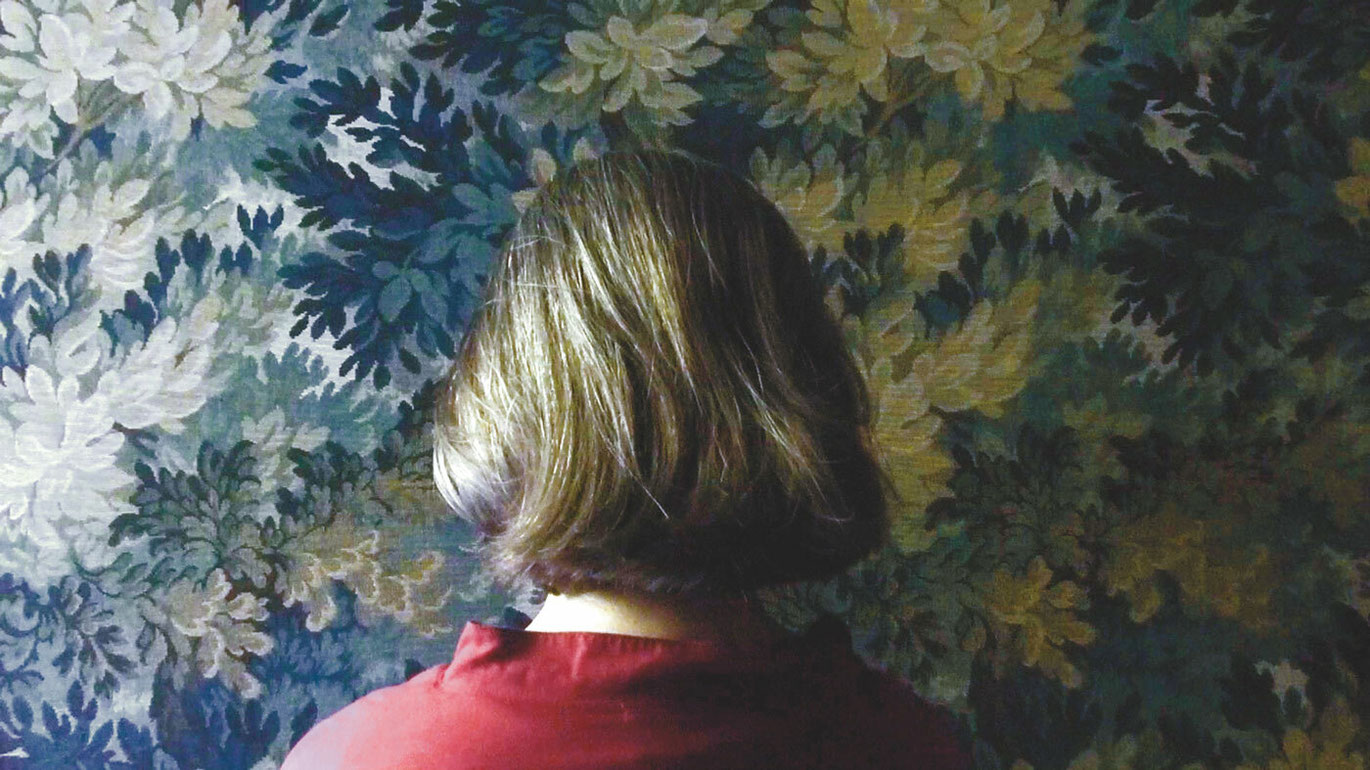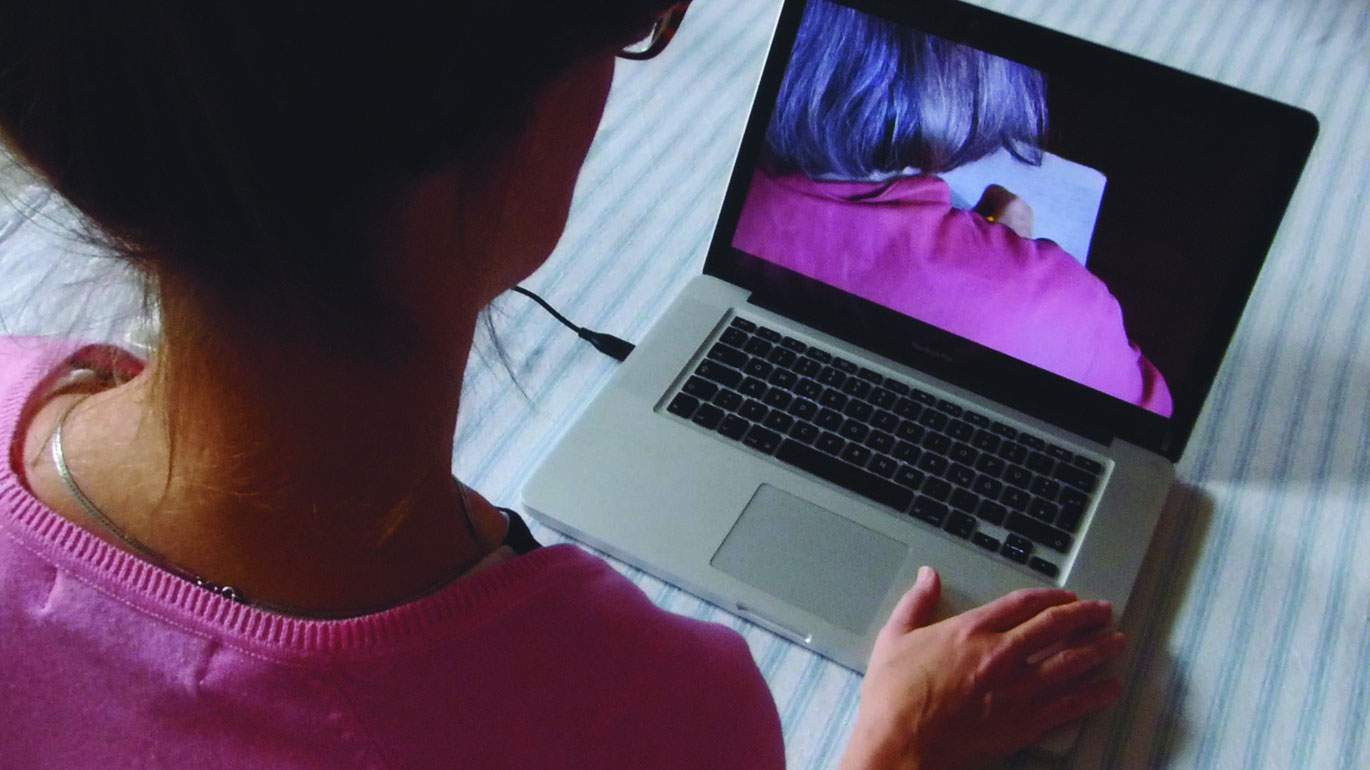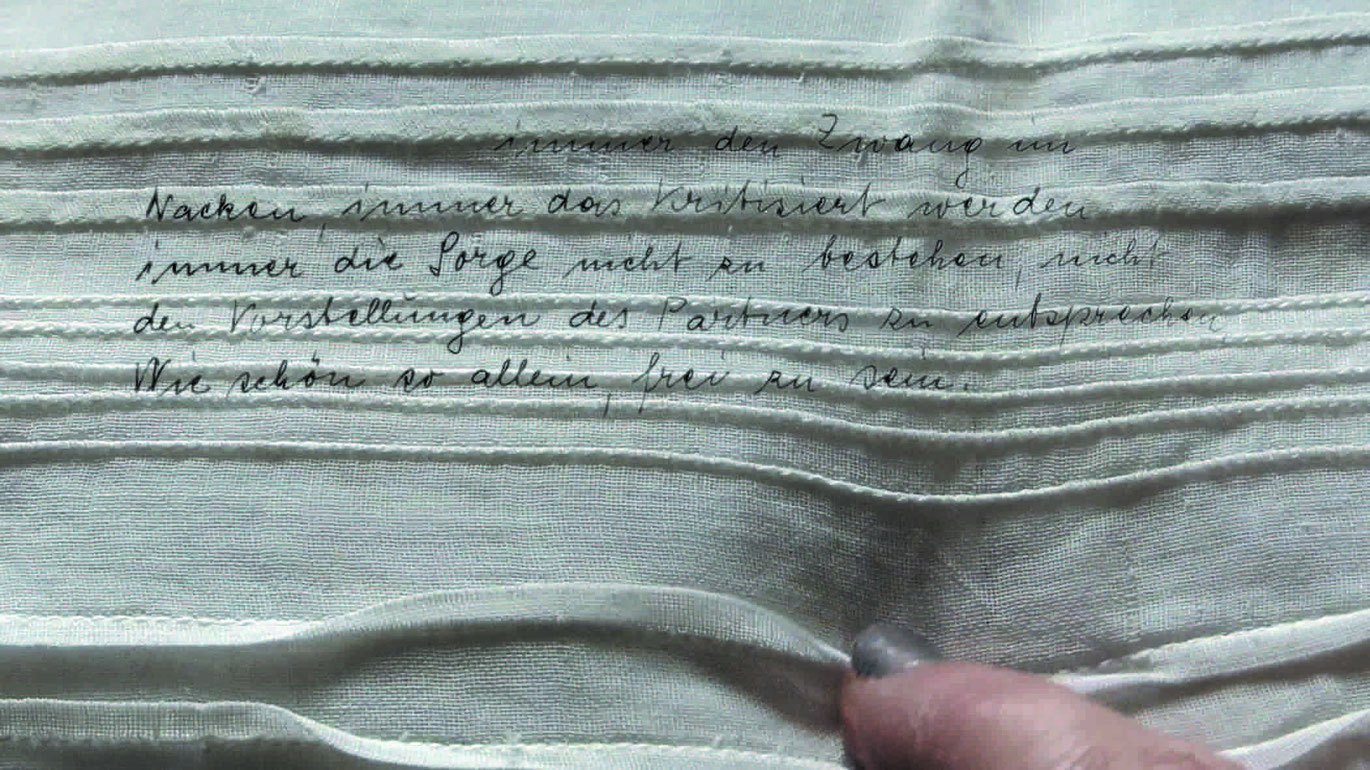Mother of Mother
Mother Of Mother is about my mother and her mother, whom I barely knew. It is concerned with brittle memories and the fragile relationships shared by three generations impacted by absence and separation. The memories are accordingly fragmented, intentionally avoiding biographical sensationalism. The narrative searches for what connects and separates the generations, and it investigates the ambivalent roles of women and mothers – how these roles are reflected upon and passed down to subsequent generations. (Amina Handke)
Three generations of women are brought together in Amina Handke´s Mother Of Mother. Handke´s mother stands at the center of the film, the actress Libgart Schwarz, who in turn recalls her own mother. Schwarz serves to connect different eras, holding the dual function of daughter and mother in the female family tree. Her voice is heard offscreen, reading notes especially composed for the film as well as letters written by her mother. She is seen walking through the city and the woods, standing in her apartment – in front of a mirror, on the balcony, in a semi-dark hallway. She writes, or prepares herself to write. Amina Handke also lends her own voice to her mother, to ask questions or to get the narrative moving. Libgart Schwarz commences her recollections with memories of her childhood and her mother´s body: her beautiful hands, unfussy hair, a pathetic figure difficult to behold. She makes chronological leaps, time and again reconnecting with previous narrative arcs. Mother Of Mother is constituted by observations, evaluations and explanations that are very personal, and in fact quite intimate. It is despite this fact, or alternatively, perhaps precisely for this very reason attention is unswervingly drawn to the ambivalence and conflicts between three generations of women, commencing with the early 20th century. This is heightened by the fact we almost exclusively view Libgart Schwarz from behind: She stands as an anonymous woman. She is every woman.
The work of remembering is a thread that not only runs through the film in writing, but also significantly in stitched materials. There are carpets, cloths, knittings, and embroideries that resemble a material counterpart to what is spoken offscreen. Memory is most literally visualized as a textile. Textiles provide structure and constitute surfaces. Superimposed with the grandmother´s handwriting or the outdoors, these surfaces gain depth and become porous. Their vanishing point renders a feeling of freedom Libgart Schwarz puts into words: to feel identical to one´s self – a privilege that always has had to be won. (Sylvia Szely)
Translation: Eve Heller
Mutter von Mutter
2016
Austria
20 min



